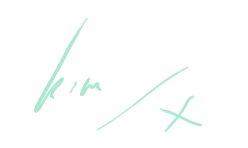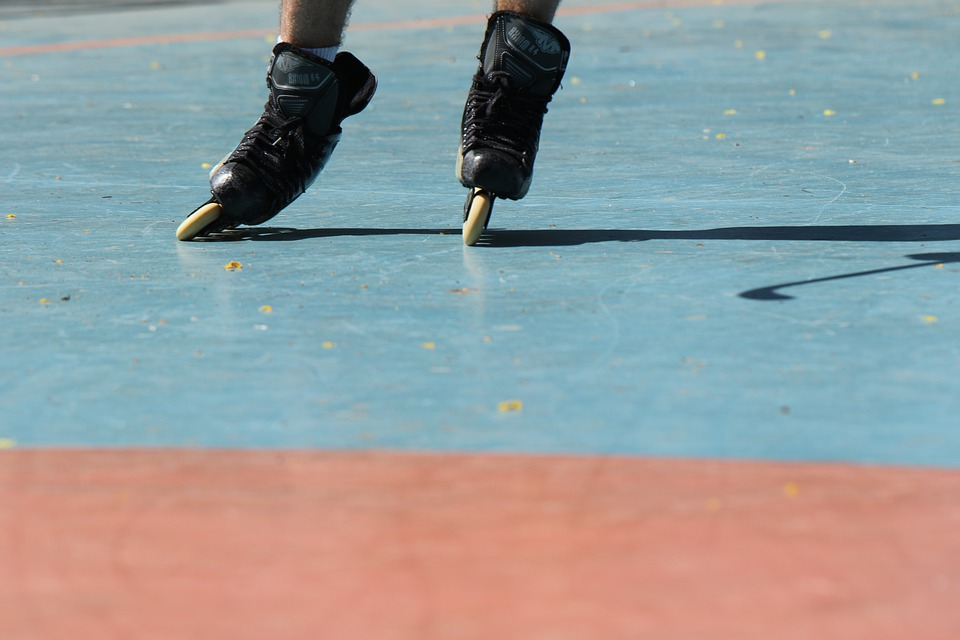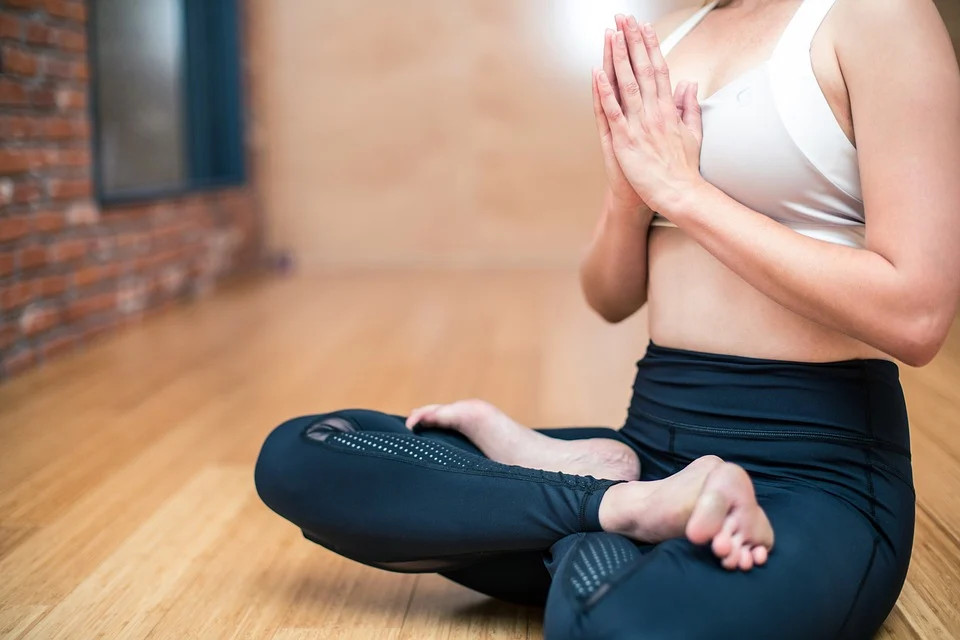How hay fever comes
about (and what to do about it)
This
post addresses the following points:
Cold vs hay fever: What symptoms point towards
hay fever?
How does hay fever come about (and what does
our body want to tell us with the symptoms)?
How can hay fever be influenced by our diet?
What really helps against hay fever?
Cold vs Hay Fever: which symptoms suggest hay fever?
Many
hay fever symptoms are similar to those of a flu-like infection (e.g.
sneezing, runny nose, cough, difficulties with breathing, scratchy
throat, watery eyes, tiredness). This means that hay fever is
initially often taken for a cold.
How does hay fever come about?
You
can think of hay fever as a mix-up and internal miscommunication. In
other words, your body's immune system falsely classifies pollen as a
threat that antibodies need to fight. Because of this mix-up, the
body releases histamine, which then triggers the symptoms that can
lead to major discomfort. The result is watery eyes, frequent
sneezing, increased mucus formation, redness and itching.
What does our body want to tell us?
The
often annoying symptoms are in fact a sensible reaction of the body:
The mucus formation flushes pathogens out of the
body, and redness is a sign of better blood flow to the affected parts.
This in turn means that immune cells can be transported more
efficiently and faster. The itching draws more attention to the
affected area so that possible inflammation cannot be ignored.
Unfortunately, our body does not know that hay fever is not a real
threat, but rather a mix-up.
How is hay fever diagnosed?
If
this is your first time suffering from hay fever symptoms, it is
recommended to see a doctor. You will probably be asked a few
questions first:
How long have the symptoms been going on for?
How do you experience the symptoms?
When and under what circumstances do the
symptoms occur (will the symptoms get worse outdoors? Better after
rain?)
Is there a family history with allergies?
If
the doctor suspects an allergy, a “prick test” usually follows.
Allergen-containing solutions are dripped onto one of your arms,
which can then get into your body by lightly pricking the skin. In
case of hypersensitivity, an allergic reaction (reddening) occurs
within approximately 20 minutes.
An
alternative to the prick test is an allergy blood test. Certain substances in
your body, so-called immunoglobulins, are activated by an allergic
reaction. These are proteins that are actually responsible for
fighting parasites inside the body. Doctors recognize these
immunoglobulins E by an increased IgE value. You can also find home allergy testing kits from reliable suppliers, especially helpful during the pandemic when you should be limiting outside contact.
When is hay fever season?
Generally
from February (hazel) to September (various grasses, ribwort,
mugwort), depending on which pollen triggers your allergy. Apps such
as the pollen forecast app offer a good overview of the current
pollen count at the respective location. You can download it for free
from the app store. If you want, you can even receive warnings as
soon as the pollen you have defined appears at your location.
What really helps against hay fever?
There
are basically 4 different ways to combat hay fever:
Avoid contact with the pollen
Treat symptoms (with medication or home
remedies)
Desensitization (hay fever vaccination)
Diet change
Here
you find a brief introduction to the individual options:
Option 1: Avoid contact with the pollen
While
it is not always possible to completely avoid contact with the
allergenic pollen, there are a number of things that can help
minimize contact.
For
example, you should make sure that you ventilate sensibly. Between 6
and 8 a.m. the pollen count is lowest in the city, in the countryside
between 8 p.m. and midnight. The rest of the time you should keep the
windows closed as much as possible. Alternatively, you can use
protective grilles for the windows. These ensure that pollen does not
even get into your apartment. The disadvantage: The fleece material
doesn't let pollen through, but that also means less light and above
all hardly any air!
Once
the pollen is in the apartment, regular cleaning helps against pollen
flying around. Besides that, air purifiers help to greatly improve
the indoor climate for allergy sufferers, especially at night.
Further
tips to help avoid contact with pollen:
Pollen filter for the car
Special filters for the vacuum cleaner
Change clothes after entering the house and do
not hang up outside to dry
Shower in the evening to remove pollen from
the body or hair
Blow your nose using a nasal douche
There are now countless medications and they
all vary in effects. Below are brief introductions to the most common
groups. For detailed information or questions, you should contact
your doctor or pharmacist.
Medicines that are taken as preventatives:
There are nasal sprays and eye drops with the
active ingredient cromoglizic acid, which are taken preventatively and
prevent the release of histamine and other inflammatory substances.
However, these take 1-2 weeks to work and should therefore ideally be
taken before the first symptoms appear. They are therefore not
suitable for hay fever newbies.
Medicines that relieve specific symptoms
such as watery eyes locally:
Nasal or eye drops with the active ingredient
azelastine help to alleviate the symptoms after about 15-30 minutes.
Medicines for general allergy symptoms:
Cetirizine and loratadine help as
antihistamines against allergy symptoms by weakening the effect of
the body's own histamine, which, as explained above, triggers the
symptoms. Loratadin is recommended for working people and children in
school because, unlike cetericine, it does not have a tiring effect.
If nothing else works:
The active ingredient mizolastine requires a
prescription but can be an alternative if nothing else helps against
hay fever, because according to various testimonials it is
particularly effective. However, you should discuss details with your
doctor.
In the case of severe discomfort, nasal sprays
containing cortisone or, if necessary, (depot) cortisone injections
can also be helpful. These lead to an immediate swelling of the
mucous membranes and are also anti-inflammatory. However, it is
recommended to not use the cortisone-containing nasal sprays for
longer than 4 weeks at a time.
Also a salt inhaler can bring relief. The salt
particles have 2 positive effects:
They remove fluid from the tissue in the
airways and make the mucus softer, which in turn soothes the mucous
membranes.
They prevent the growth of microorganisms and
kill germs, which supports the immune system.
Option 3: Desensitization or “hay fever vaccination”
During
desensitization, the body is gradually accustomed to the allergenic
substance by injecting the allergen under the skin in a very diluted
form and slowly increasing doses over a longer period of time. As an
alternative to "subcutaneous immunotherapy" (under the
skin) there is "sublingual immunotherapy" (under the
tongue: tablet / drops).
The
right diet can significantly reduce hay fever symptoms. The reason is
obvious: hay fever produces histamine in the body, which leads to
swelling of the mucous membranes. If you take in additional histamine
through food, the symptoms get more severe! On the other hand, if you
avoid it, the histamine level is lower overall and the symptoms are
weaker. Incidentally, foods that contain the active ingredient
quercetin are particularly helpful. This is because it works like a
natural antihistamine and helps to lower the histamine level in the
blood.
Avoid
foods that contain histamine:
vinegar, yeast, sausage, canned fish, mature cheese (e.g. ripe
Gouda), sauerkraut, spinach, tomatoes, eggplant, avocado, legumes,
mushrooms, strawberries, citrus fruits, bananas, kiwi, pears, papaya,
nuts, chocolate, cocoa, soy products, juices and soda.
Eat
foods that lower histamine levels: capers,
onions (especially the outer rings), blueberries, apples, broccoli.
Of course, you have to pay attention to possible cross allergies.
People who are allergic to tree pollen are sometimes allergic to
apples, for example, because the allergens are similar.
How can you prevent hay fever?
Hay
fever cannot be prevented for good. However, experience shows that
early and slow habituation to various potential irritants can have a
preventive effect. The environment around children should therefore
never be too sterile. Holidays on the farm can also help to
strengthen the immune system of children. In addition, there is no
harm in maintaining a healthy intestinal flora. Antibiotics, for
example, quickly throw this out of balance, because both good and bad
bacteria are destroyed.
Below
is a short summary of the 7 most important points about hay fever:
Avoid
allergens (a pollen count app helps)
Open
windows at the right time (city: morning, country: evening)
Shower
in the evening, wash your hair and hands regularly during the day
A
nasal rinse and air purifier for the bedroom ensure restful sleep
Eat
little food containing histamine, but a lot of histamine-lowering
food
Choose
medication carefully and educate yourself on alternative options
If
the stress becomes too much: Talk to your doctor about
desensitization









